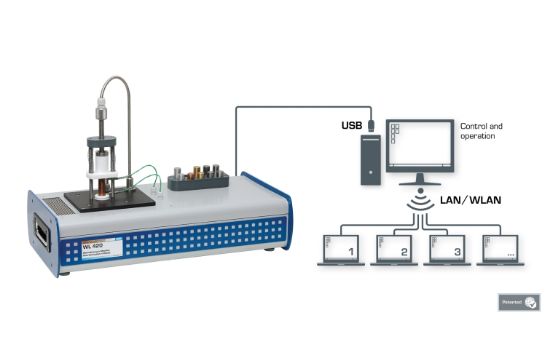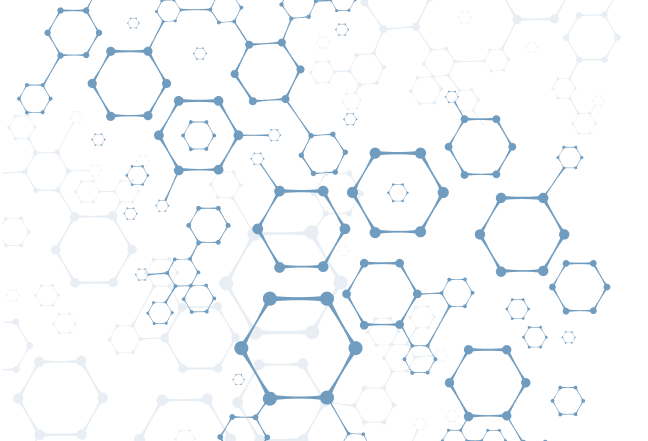GUNT Heat conduction is one of the three basic forms of heat transfer. According to the second law of thermodynamics, heat always transfers from higher to lower energy levels. When a body’s temperature remains constant despite continuous heat input or removal, steady-state heat conduction is achieved. The GUNT trainer offers fundamental experiments to study heat conduction through various metals using multiple specimens.
Product Features
- Experiments designed to demonstrate heat conduction through metals using eleven different metal specimens
- Upper region of specimens heated electrically while the lower section is cooled by a Peltier element
- Heat conduction occurs from top to bottom through the specimen
- Capability to insert two specimens simultaneously for studying heat conduction in multi-layer metal setups
- High-quality, perfectly matched components for rapid heating and accurate measurements
- Temperature measurement on top and bottom of specimens via thermocouples
- Microprocessor-based instrumentation housed securely for protection and durability
- GUNT software includes system operation, data acquisition, and educational modules with explanatory texts and illustrations
- PC control and operation via USB interface (PC not included)
- Multi-workstation access to experiments via LAN/WLAN with a single software license
Benefits
- Provides hands-on understanding of steady-state heat conduction through metals
- Allows study of single and multi-layer metal specimen heat conduction
- Rapid heating and precise temperature control ensure reliable experiment results
- Educational software facilitates comprehension of theoretical concepts with practical data
- Network capability supports collaborative learning and remote monitoring
Why Choose the GUNT Heat Transfer Experiment in Metals?
The GUNT heat transfer experiment in metals is an excellent tool for exploring steady-state heat conduction principles in a variety of metal specimens. Its dual-specimen capacity and advanced software support make it ideal for educational institutions and research labs focused on thermal engineering and material science. The system’s connectivity options promote flexible and collaborative learning environments.

